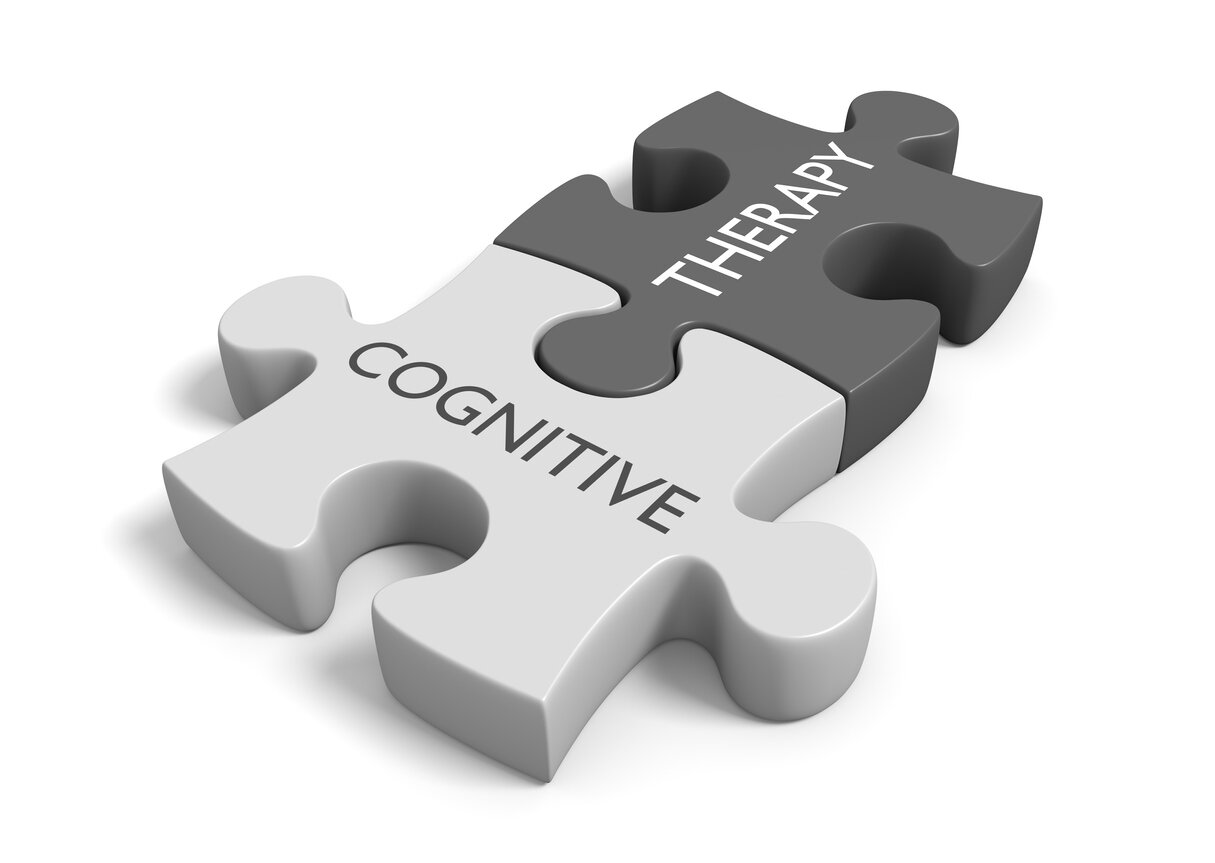Mark is a “Meat and Potatoes” kind of guy, both literally and metaphorically. In the literal sense, he’s definitely the kind of guy who enjoys a solid protein and an Idaho spud, and he’d probably do so wearing his flannel shirt after a day of ice fishing. He was, after all, born and raised in Blue Earth, so hunting, wood-working, and carpentry are part of the bloodline.
Sitting down with Mark evokes the kind of built-in comfort which is hard to quantify. It may be a bit like sitting down to a hearty beef stew on a cold winter night, or having a burger with fries in the summer with friends. Those kinds of foods and experiences, no matter where you go or how it’s prepared, feel familiar and tender, down-home and straight forward. Sitting with Mark helps you relax, be present, slow down, and appreciate the simple things in life. It just feels natural doing the work with him, and it very rarely feels like work.
One thing you might find surprising about Mark: He actually enjoys Telehealth! Don’t get him wrong, he’s also excited to be back in the office again with real live people. When working Telehealth, he appreciates how a client can spontaneously grab a picture, book, or instrument that helps them explain their feelings or experience. As therapists, we don’t usually get that kind of spontaneity or context in our office.
On coping with the pandemic: Mark’s done his own work enough to realize that for him to cope effectively with any situation, he needs two things: variety and access to “doing stuff.” He identifies as a kinesthetic processor, or someone who does better with movement when processing. Things like woodworking, being out in nature, or throwing a ball back and forth, helps him digest what he needs about the world. True to form, there isn’t “one way” that works best for him all the time. That’s why he enjoys a variety of clients, activities, and approaches to life because it keeps him more engaged and motivated.
Walk-Up Song: If you’ve never heard Bishop Gunn’s, “Shine,” it’s a unique combination of Blues, Country, and Rock and Roll that sets the perfect backdrop for a care-free summer scene, like driving with the top down or being out at the beach with friends. While the vibe is relaxed, If you reflect on the lyrics, you’ll hear a clear call-to-action to: find peace of mind, ground yourself, and repair emotional wounds. In other words, the song’s deceivingly simple sound allows for it’s otherwise hyper-conscious lyrics to float out there for us to think about and fully appreciate at our own speeds. For that reason, we think it’s a perfect encapsulation of Mark’s style!
Professional pet-peeve: Mark’s answer is succinct: “Therapists who don’t normalize feedback to their clients.” Mark doesn’t view feedback as a bad thing. Instead, he thinks feedback can make therapy, and most relationships, more productive because it creates an open dialogue on how it’s going and what can work better. By helping clients get more comfortable with feedback, he hopes clients will feel more comfortable advocating for themselves.
Favorite tool in the Therapist Toolbox: He’s about solutions, not particular skill sets. That’s why he borrows from modalities like Solution-Focused and Narrative approaches to therapy. But if there was one tool he had to identify with, he picked Cognitive Behavioral Therapy (CBT). When asked why, he said because “it’s the one most focused on going from unhelpful to helpful thinking,” and thinks he gets “a ton of energy” from collaborating with clients on finding and applying the right re-frame for them.
If you think Mark might be a fit for you, or have any additional questions about his approach, please reach out to our team at bizoffice@birchcounseling.com.


